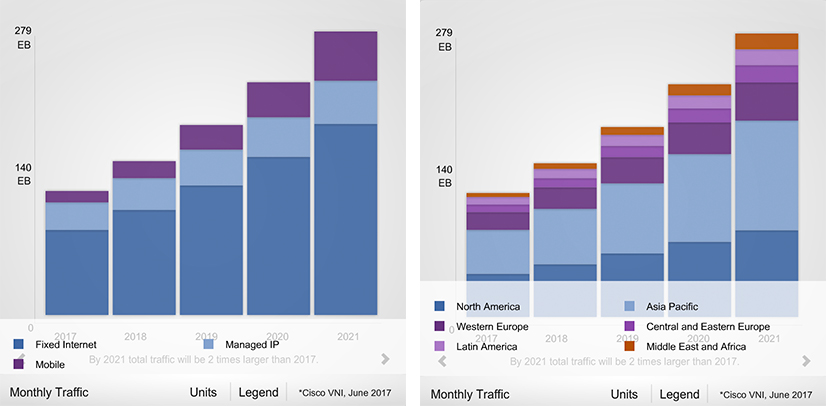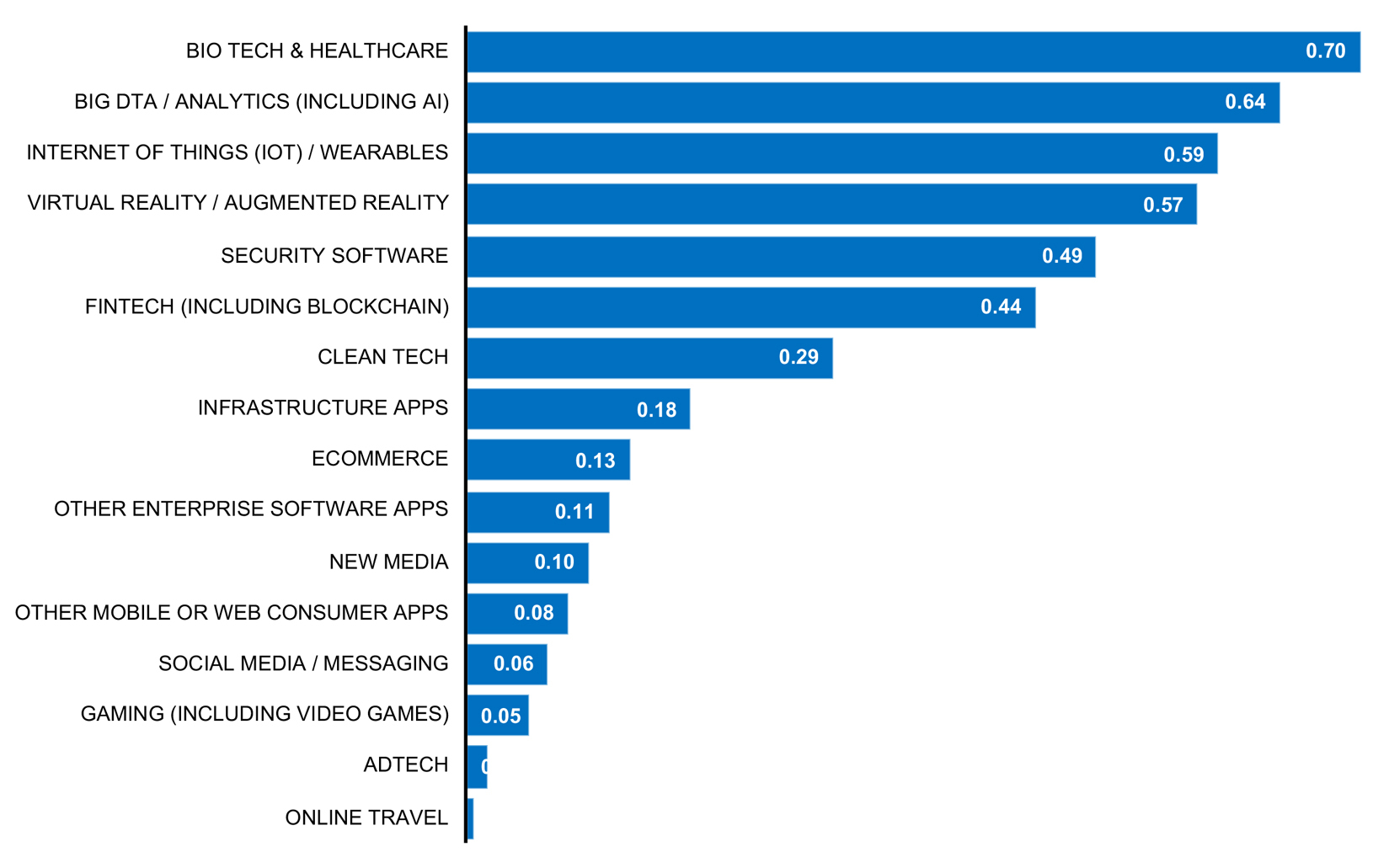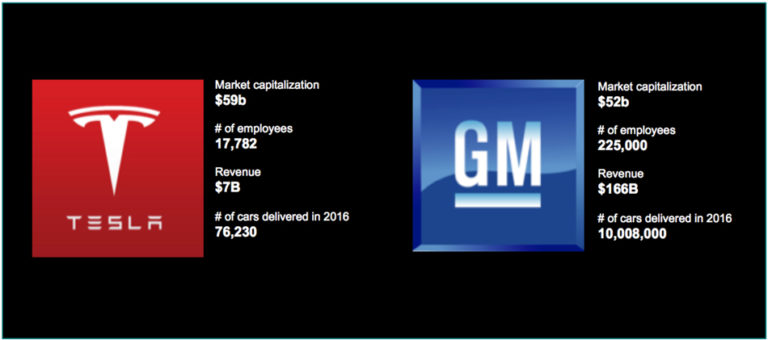The phenomenon of digitization has expanded its impact broadly and deeply across all industries. Digital value chains, e-businesses, smart products, smart machines, and the “internet of things” have disrupted brick-and-mortar businesses and continue to shape new business models thanks to consumer pull and technology push. Given the enormous economic benefits, the digitization mega-trend is poised to expand as vast amounts of capital continue to pour into digital technologies.
ITS GROWTH
Digitization is a mega trend that cuts across major world economies, industries, consumers, and businesses alike. Its unprecedented growth is poised to continue well into the next decade. Cisco views digitization as “the connection of people, process, data and things to provide intelligence and actionable insights enabling business outcomes” – and projects its growth at a compounded annual rate of 23% from 2017 to 2021
(Exhibit 1).
EXHIBIT 1. FORECASTED GROWTH OF IP TRAFFIC (2017 – 2021)

Note: Monthly traffic in terabytes
Source: Cisco VNI June 2017
ITS IMPACT
We see the emergence of digitization as the driving force behind the most significant disruptive innovations. A recent survey of Keiretsu Forum, the world’s largest angel investor, predicts the top 16 most promising areas of innovation, of which 14 are based on digitization (Exhibit 2).
EXHIBIT 2. RANKING OF DISRUPTIVE INNOVATION AREAS

Note: Response by North American investors surveyed with the question “Regardless of time horizons, where do you see the greatest growth opportunities in the future?”
Source: Keiretsu Capital, Fifth Era LLC
WHAT THIS MEANS FOR YOUR COMPANY
Digitization can be a source of opportunity or threat, but in any event, it is not neutral. Three realities have come into sharp focus over the last decade.
Digitization is more that an enabler, it is the cause and driver of business strategy. Digitization provides a “shared economy,” i.e., new products, services, and business models that are information-rich, real-time, always-on to customers in markets worldwide. At the same time, digitization reduces cost significantly. At its core, it leverages standard digital assets and the shared economy, both of which drive down cost. As a result, digitization changes the notion of value and acts as a dominant economic force.
The value of information is larger than the value of manufactured products. Digitization offers speed, convenience, granular customization, process transparency, continuous innovation, and low cost – creating more value than traditional products. To trace evidence, one can consult the best-in-class position of digital leaders such as Amazon, Airbnb, Google, Apple, Facebook, Microsoft, Netflix, Uber; and adopters of smart technology including Adidas, Bosch, Carbon, Daimler, General Electric, Grainger, Lufthansa, Merck, Nike, Office Max, PartsNow, Staples, Tesla, Toyota, and more. Also, thousands of digital robot process applications serve to automate processes and workflows and leverage the hidden value of business value chains across industries worldwide.
Tesla is an interesting example of a smart company. Part of the reason Tesla is more valuable than General Motors is its ability to gather vast amounts of data and analyze it. Tesla collects terabytes of driving data from its customers, which it uses to improve the self-driving features of its cars. Tesla cars are driven roughly five million miles a day – generating reams of data for AI to learn from to make safer and more efficient self-driving cars.1
EXHIBIT 3. TESLA AND GM

Source: MIT Technology Review
_____
1 “Why Tesla is Worth More Than GM,” by James Surowiecki, MIT Technology Review, July/August 2017
A new tri-polar world of competitors exists today. It includes incumbent firms, technology challengers, and cyber-security attackers. Industry leaders such as Sony, Citibank, and Target lacked a clear response to cyber threats and proved vulnerable to attacks. The problem is that today’s world is significantly different than the world of just a decade ago.
So how should companies deal with this? Given how hyper-diffuse and hyper-connected industries have become, it is imperative for businesses to adapt to digitization. The opportunities for growth are vast. But just as importantly, absent adaptation complacency will prove disastrous. Lack of a clear strategy leads to a lackadaisical response and eventually hurts companies: some will lose their competitiveness over time, and some will be driven out of business altogether.
A new strategy must operate in a framework and offer a guide that treats each reality head on. The strategy must be cross-border and capitalize on opportunities and defend against threats worldwide. It must be cooperative and leverage technological skills that may reside outside the firm. And finally, the strategy must be comprehensive and deal with all relevant competitors, including incumbent firms, technology challengers, and cyber-security attackers.

